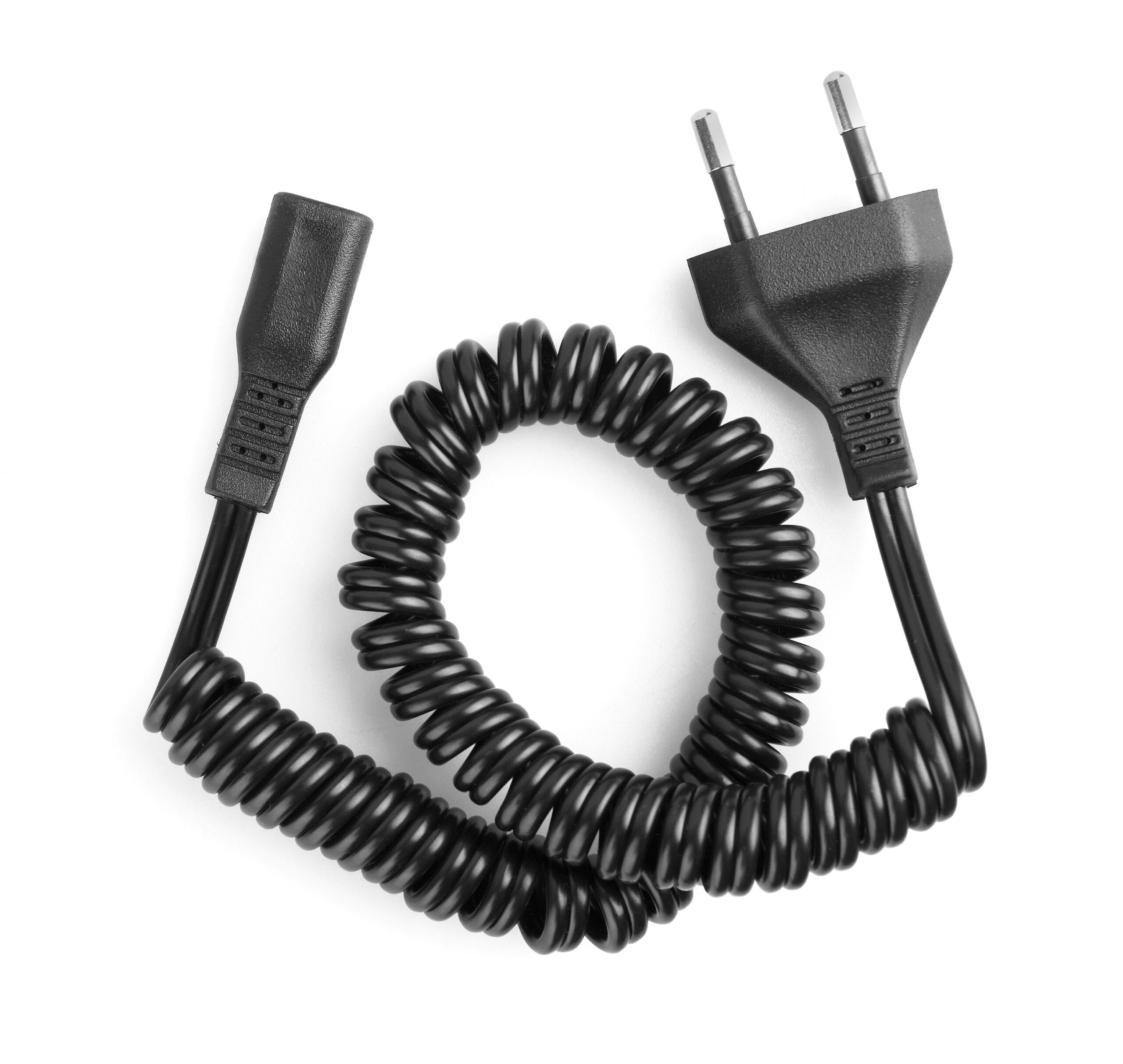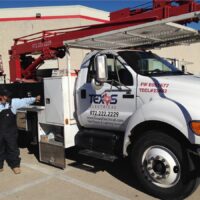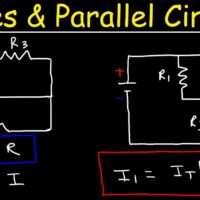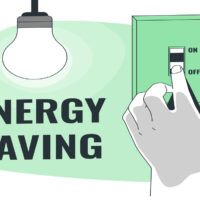A short extension cord is a flexible electrical cable with a plug on one end and a single socket on the other end. It typically measures between 1 to 6 feet in length.
Extension cords are an essential accessory in both residential and commercial settings, providing an immediate solution for connecting devices to distant power outlets. Their compact size aids in managing cable clutter and ensures a neat, organized space. Whether for home entertainment systems, office equipment, or during travel, a short extension cord offers versatility and convenience.
These cords come in varying gauges and lengths to suit different power needs, ensuring that devices operate safely without the hazards of overloading or short-circuiting. Selecting the right short extension cord involves considering the device’s power requirements, the cord’s gauge, and the environment where it will be used, ensuring both safety and functionality.
The Importance Of Short Extension Cords
Short extension cords play a crucial role in our daily lives. They offer convenient solutions to power supply issues without creating a tangled mess. They keep spaces tidy and are essential when you need to connect devices closer to the power source.
Ideal Length For Specific Needs
Choosing the right length for an extension cord ensures efficient power use and reduces excess wire clutter. Here are situations where a short cord is perfect:
- Desktop setups: Keeps chargers and devices neatly connected.
- Kitchen appliances: Connects toasters or blenders close to outlets.
- Workshops: Powers tools without the trip hazard of long cords.
Safety Considerations
Safety is paramount when using any electrical device. Short extension cords are no exception. They should be:
| Safety Features | Benefits |
|---|---|
| Heavy-duty build | Resists damage and wear. |
| Surge protection | Shields devices from power spikes. |
| Certified | Adheres to safety standards. |
Remember, cords should not be hidden under rugs or rest against heat sources. Keep them visible to check for damage regularly. This practice prevents potential hazards and ensures your safety.
Types Of Short Extension Cords
Imagine reaching for just a little extra length from your power outlet.
Short extension cords are the answer. These handy tools bring power closer without the tangle of excess wire. There are several types depending on where you use them. Let’s explore the options available to make sure you choose the right one for your needs.
Indoor Short Extension Cords
Indoor extension cords keep electronic devices humming with ease. They come in various lengths, usually under 6 feet, perfect for close-range tasks. Their sleek designs blend well with home interiors, and some key features include:
- Flat Plug: Allows furniture to sit flush against the wall.
- Multi-Outlet: Powers several devices from one source.
- USB Ports: Charges gadgets directly without adapters.
Always check for a label that proves the cord is UL-certified for safety.
Outdoor Short Extension Cords
When you need power outside, outdoor short extension cords step up. These are built to withstand elements like sun and rain. They cater to gardening tools, outdoor lights, or any electric device used outside. Main characteristics include:
- Weather-Resistant: Designed to resist water and ultraviolet light.
- Durable Covering: Protects the cord from damage.
- Grounded Outlets: Offers an extra layer of safety for outdoor use.
Look for a cord marked for outdoor use to ensure it meets the right standards.
Key Features To Look For
Choosing the right short extension cord is not just about the length. It’s vital to consider several key features. This ensures safety and meets your power needs. Let’s explore the must-have attributes of a high-quality short extension cord.
Length and GaugeLength And Gauge
Selecting the appropriate length and gauge is crucial for your cord’s efficiency and safety.
Shorter cords reduce power loss and are ideal for nearby devices. A cord’s thickness is the gauge. Thicker cords (lower gauge number) handle more power. This makes them safer for heavy-duty appliances.
| Gauge | Power Capability | Ideal Use |
|---|---|---|
| 14 AWG | Up to 15 amps | General appliances |
| 12 AWG | Up to 20 amps | Power tools |
Outlets And Connectors
You’ll want a cord that matches your outlet and device requirements.
- Multiple outlets offer versatility.
- USB ports are great for charging devices.
- Three-prong plugs suit grounded appliances.
- Surge protection guards against voltage spikes.
Best Practices For Usage
Smart use of a short extension cord can make daily tasks easier. Let’s dive into some best practices for its safe and efficient usage.
Avoiding Overloading
Short extension cords are handy, but they have limits. Know the power needs of your devices before plugging them in. To prevent hazards:
- Check the cord’s rating – Make sure it can handle the wattage.
- Plug in one high-wattage appliance at a time.
- Use a power strip with overload protection for multiple devices.
Overloading can cause heat buildup and might start a fire.
Proper Storage And Maintenance
Caring for your cord extends its life and keeps you safe. Follow these tips:
- Inspect regularly for damage or wear.
- Roll up loosely to avoid bends and kinks when storing.
- Keep dry and clean for best performance.
| Do’s | Don’ts |
|---|---|
| Unplug after use. | Don’t leave plugged in when not in use. |
| Store in mild temperature. | Avoid extreme temperatures. |
Common Mistakes To Avoid
Knowing the right way to use a short extension cord matters. People often make simple mistakes that could cause big problems. Read these tips and use your cord safely.
Using Inappropriate Cords
Check the thickness and length before you use your cord. Thick cords can handle more electricity. Long cords might lose power over distance. For small devices, choose a cord that’s just right. Don’t pick a cord meant for outdoors when you’re inside. Avoid using a lightweight cord for a heavy-duty appliance.
- Indoor vs. Outdoor: Use an outdoor-rated cord outside.
- Power Requirements: Match the cord’s power capability with your device.
- Durability: Pick a cord that can handle the wear and tear of its environment.
Ignoring Safety Ratings
Safety first, always. Cords have ratings like ‘indoor’ or ‘outdoor’ and power limits. Some cords are water-resistant, and others are not. Make sure your cord matches the job.
| Rating | Use |
|---|---|
| Indoor | Inside, dry areas |
| Outdoor | Outside, possibly wet areas |
| Power Limit | Match to device’s requirements |
Read the label. It tells you where and how to use your cord. A wrong cord could overheat. It can even start a fire. So, pick the correct rating every time.
Safety Tips For Short Extension Cord Usage
Extension cords are handy tools in homes and offices. They help power devices when outlets are not within reach. With the right safety tips, short extension cord usage can be secure and efficient. Let’s dive into these essential practices.
Inspecting For Damage
Regular checks on the condition of extension cords are crucial. A damaged cord can cause fires or electrical shocks.
- Look for cuts or abrasion in the insulation.
- Ensure the plugs and sockets have no signs of burn marks.
- Flex the cord gently to check for internal damage.
- Replace cords with visible damage immediately.
Positioning And Routing
Correct positioning avoids tripping hazards and cord damage. Proper routing ensures safe operation.
| Do’s | Don’ts |
|---|---|
| Keep cords away from high traffic areas. | Run cords under carpets or rugs. |
| Use cord covers to secure them along walls. | Hang cords from nails or sharp objects. |
| Lay cords flat to prevent bending. | Daisy-chain multiple cords together. |
Remember, short extension cords should handle the right amount of electric current for the connected devices. Overloading can lead to overheating and potential hazards. Use short extension cords wisely to power your devices safely.
Benefits Of Short Extension Cords
Short extension cords have become essential in our daily lives. They offer unexpected advantages that simplify our electronic and electrical needs. Let’s explore how a simple, shorter cable can make a big difference.
Flexibility And Convenience
Short extension cords shine with unmatched flexibility. Their compact size makes them perfect for the following:
- Travel: They fit in any bag without hassle.
- Small spaces: They’re ideal behind desks or furniture.
- Quick use: They’re great for tools that need a small power boost.
These cords help you connect devices anywhere. You don’t have to unravel yards of cable just to charge your phone or power a lamp. This convenience is why many choose these cords for daily tasks.
Reduced Clutter And Tangles
No more tangled messes! Short cords help reduce clutter. Here’s why they are excellent:
| Less Length | Less Problems |
|---|---|
| Less cable to deal with. | Fewer knots and tangles. |
| Easier to store and manage. | Lower trip hazard in tight areas. |
With these cords, your home or office stays neater. This means more safety and less time spent on untangling. Your work area looks better, and your mind stays clear.

Credit: www.amazon.com
Choosing The Right Short Extension Cord
Have you ever found yourself needing just a little more reach from your outlet? Short extension cords are the perfect solution. They’re compact, easy to use, and ideal for a variety of needs. Beyond just picking up any cord, it’s vital to select the right one for the job. Let’s dive into how to choose the perfect short extension cord for your specific needs.
Matching Cord Length To Purpose
The length of your extension cord should match its purpose. Too long, and it becomes a tripping hazard. Too short, and it won’t be much help. Consider these common uses:
- Connecting office equipment: A 1-2 feet cord usually suffices.
- Powering a bedside lamp: Opt for a 3-5 feet cord to ensure easy access.
- Linking kitchen appliances: A cord up to 5 feet allows flexibility.
Cords come in incremental lengths, so it’s easy to find one that’s just right. Measure the distance between your appliance and outlet to make a smart choice.
Selecting The Appropriate Gauge
The gauge, or thickness, of the wire within the cord, determines its capacity. Here’s how to pick:
| Amp Rating | Gauge |
|---|---|
| 1-5 Amps | 18-16 AWG |
| 6-10 Amps | 16-14 AWG |
| 11-13 Amps | 14-12 AWG |
For heavier loads, thicker wires are better. Light duty devices will work well with a higher gauge (thinner wire). Safety first – choose a cord that can handle your device’s power needs.

Frequently Asked Questions
Is A Shorter Extension Cord Safer?
A shorter extension cord can be safer due to reduced electrical resistance, which lowers the risk of overheating and potential fire hazards.
What Are The Different Lengths Of Extension Cords?
Extension cords come in various lengths including short (1-5 feet), medium (6-50 feet), long (50-100 feet), and extra-long (over 100 feet).
How Do You Shorten An Extension Cord?
You cannot safely shorten an extension cord; instead, purchase the correct length or use a cable tie to neatly bundle excess wire. Always prioritize safety and avoid altering electrical cords.
What Lengths Do Extension Cables Come In?
Extension cables are available in various lengths, typically ranging from 1 foot to 100 feet, to suit different needs.
Conclusion
To sum up, a short extension cord offers convenience and safety for tight spaces and limited reach. Remember to choose the right length and check wattage compatibility. With the correct short extension cord, power is just an arm’s length away.
Manage your connections smartly and safely.




